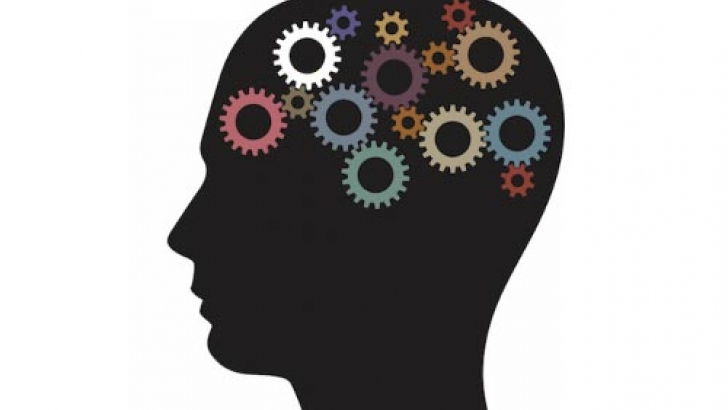
In the first initial stages of dating, individuals often feel overwhelmed with happiness, adoration, and nervous butterflies. This can be referred to as “the honeymoon stage” where our brains flood with dopamine and oxytocin, two powerful chemicals that make us feel happy and affectionate. But what happens when the relationship stops feeling new and exciting? When we start realizing the “cute quirks” we saw early on become potentially bothersome later in the relationship. After the honeymoon stage, couples stop being flooded with love chemicals and begin to evaluate their relationship. Is this individual someone I would like to spend the rest of my life with?
“Love starts as a feeling but to continue is a choice.” The feelings of love will not last forever and some couples will part ways once they realize they are not compatible. For the couples who continue their journey, communication and displaying love can be hard. Sometimes, we find that the way we communicate love may not be received by our partner. This is a common problem for long term couples and identifying your love languages may help.
What is a “love language?”
A love language is how an individual expresses their affection towards others and how an individual feels love themselves. Dr. Gary Chapman identifies five different love languages that couples often use to express themselves.
Words of Affirmation. This love language means you provide verbal praise to your loved one. These could be phrases like, “I love you,” and “I am so proud of you.”
Quality Time. This love language means you enjoy spending one-on-one time with your partner. This could be watching a movie or television show, going out to dinner, or vacationing together.
Acts of Service. Acts of service can be identified as completing a task that mattered to your partner without expecting reciprocation. This could be mowing the lawn, doing dishes, cleaning, or any task that would benefit your partner.
Physical Touch. Valuing touch as a love language means that you enjoy physical interactions that display love, such as hugging or kissing.
Receiving Gifts. Some individuals appreciate receiving gifts as it reminds them that their partner was thinking of them. These gifts do not need to be large but can demonstrate the love we have for our partner.
Once couples have exited the honeymoon stage, it can be helpful to identify the various ways your partner communicates their love. A mismatch in love languages doesn’t mean the end of your relationship, but it does indicate you and your partner need to be aware of each others communication style. For example, imagine your partner comes home with a gift and verbally expresses how much they love you. You may be flattered but feel disappointed because you wanted the house chores completed so you could spend quality time together for the rest of the day.
Your partner isn’t wrong and you aren’t wrong, you are just speaking different love languages. Your partner saw a gift, thought of you, and bought it to make you happy. They also showered you with affection once they saw you. But you were looking forward to spending time together after the house chores were complete. Your partner could be upset that you weren’t thrilled with the gift and you could be upset that your partner didn’t finish helping with responsibilities to make quality time for you.
Once we know our partner’s love language it makes communicating our love easier. You can identify they meant well with the gift and words of affirmation but it wasn’t what you needed to feel loved in that moment. These feelings invite discussion about how to best communicate ourselves to our significant others so they may understand what you need in this relationship.
Often, many couples will not display the same love languages. Examining each other’s preferred love languages and putting in work to understand how an individual communicates love can help couples once they’ve exited the honeymoon stage.
Resources:
Carroll, L. (2020, June 21). Every Relationship Goes Through These 5 Stages: Where Are You? Retrieved from https://www.mindbodygreen.com/articles/stages-of-a-relationship
Chapman, G. D. (2010). The five love languages. Walker Large Print. Copy citation
